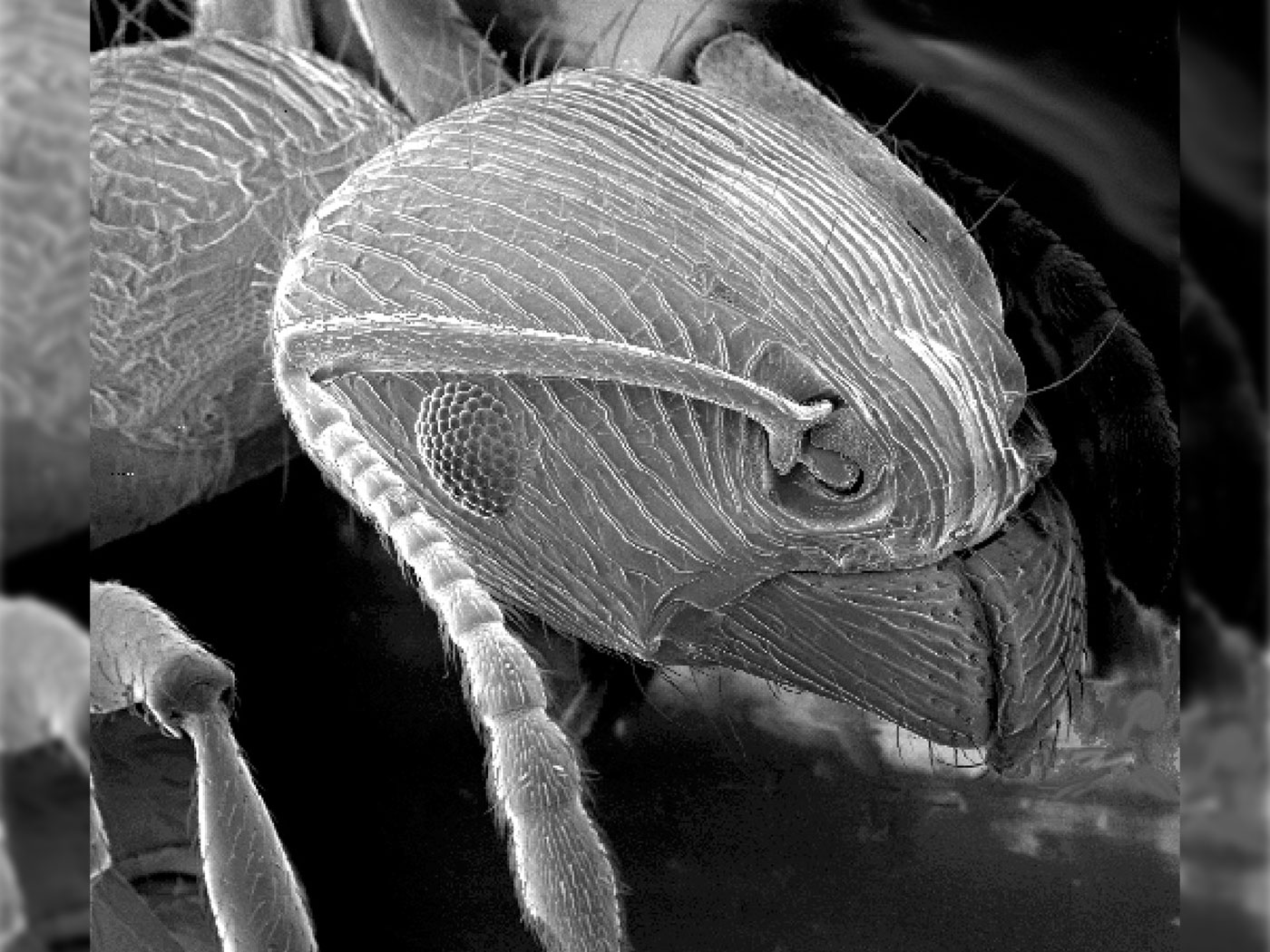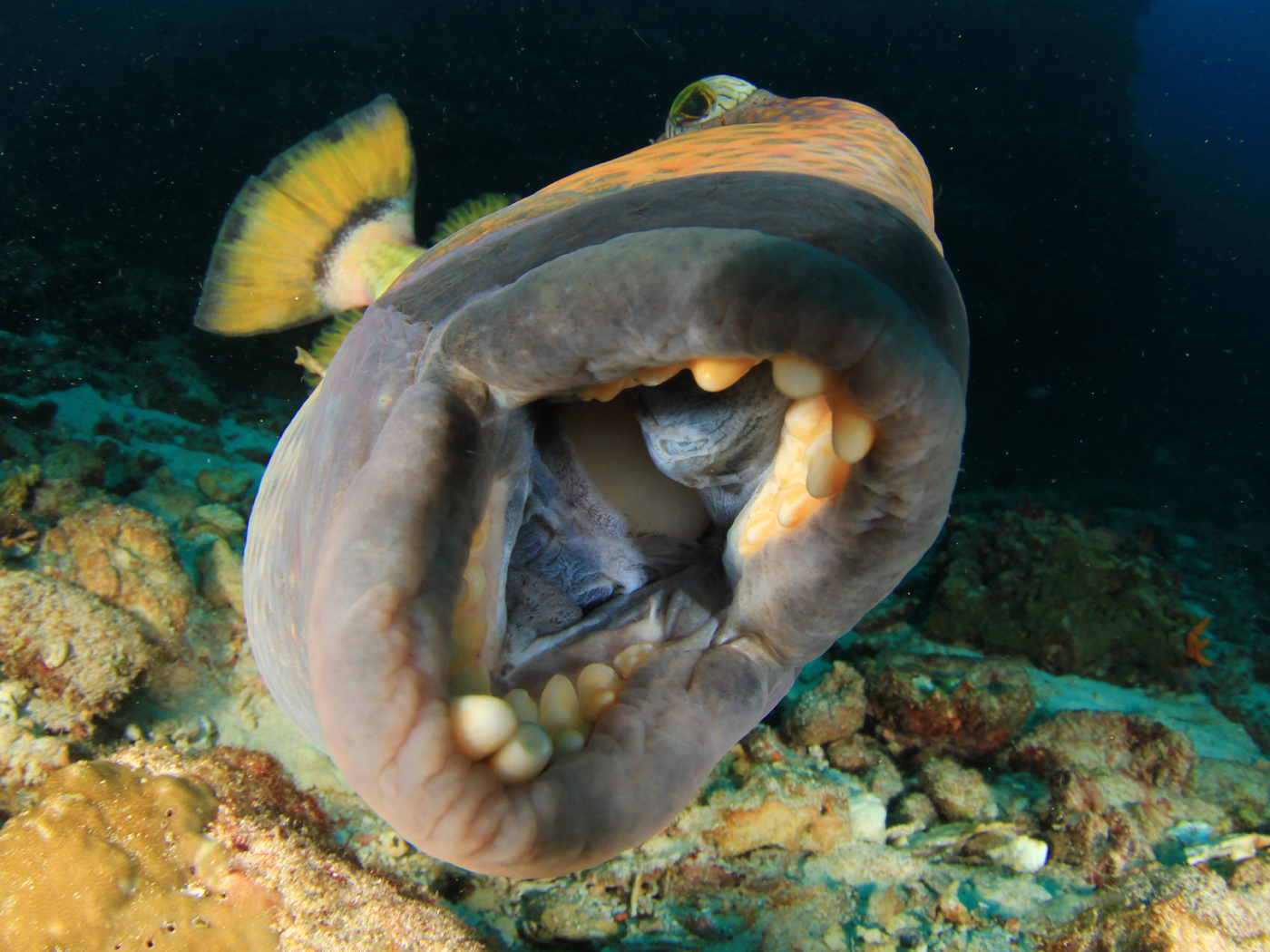On the heels of other "missing link" stories comes an Associated Press (AP) report on a "365-million-year-old" fossil uncovered in Latvia. Ventastega curonica is supposedly "the most primitive four-legged creature in Earth's history."1 Evolutionists are excited because they believe it is an evolutionary link from fish to tetrapods. However, like virtually all fossil discoveries, this one is incomplete--and an apparent "evolutionary dead-end."
The skull, shoulders, and part of the pelvis of this alleged water-dweller were unearthed and described in detail in a June 2008 issue of Nature. However, one should keep in mind that Darwinists "don't think four-legged creatures are directly evolved from Ventastega."2 Indeed, much of this news story is speculative. Lead author Per Ahlberg was quoted as saying, "I imagine this is an animal that could haul itself over sand banks without any difficulty."2 There is an obvious danger in making an imagination-based observation regarding a scientific discovery. Creation scientists would never be forgiven for this kind of assumption.
University of Chicago biologist Neil Shubin, who was not part of the study, remarked, "Ventastega is the most primitive of these transitional animals, but there are older ones that are oddly more advanced."1 Is evolution going forwards and backwards? It would seem that evolution is so plastic that there's nothing this philosophy cannot do.
Also, why has this been given "transitional" status when it does not have any transitional features, such as a half-fin/half-foot? This is supposedly a key point in "the evolutionary transition from fish to animals that eventually walked on land."1 A big problem with this assertion is that they found "limbs, not fins!"1 Evolutionists have yet to find a fossil that documents a fish with quasi-feet where their fins used to be.3 Indeed, the author of the AP report admitted, "One question that scientists are trying to figure out is why fish started to develop what would later become legs."1 That is a good question.
Another question would be why those fish with transitional "flegs" were not quickly eaten by their more fit fully-finned friends. This is just one more evolutionary roadblock: how could such awkward intermediate stages survive amidst their specialized neighbors? Being at a disadvantage, natural selection would cull out these individuals.
"Even though Ventastega is likely an evolutionary dead-end, the finding sheds new details on the evolutionary transition from fish to tetrapods," the AP report stated.2 However, since this extinct creature, being a "dead-end," was not even in the imagined mammalian lineage, all this finding really does is serve as a platform for evolutionary imagination and provide another opportunity to reiterate evolutionary dogma. The use of words such as "probably," "likely," "seem," "deduce," and "theorizes" reveals the speculative nature of the reports surrounding this incomplete fossil find.
The reports also exclude the possibility that there were no evolutionary transitions at all. More than a century of fervent searching has not revealed the hundreds of clear examples of gradually morphing transitional forms that Darwin's theory predicts.
What do creation scientists make of the "evolutionary dead-end" Ventastega? We would call it an extinct animal with no half-fins, just fully-formed, functional feet--and therefore, no transitional features and no evidence supporting macroevolution.
References
- Borenstein, S. Fossil of primitive 4-limbed creature found. Associated Press, June 25, 2008.
- Ahlberg, P. E. et al. 2008. Ventastega curonica and the origin of tetrapod morphology. Nature 453: 1199-1204.
- Sherwin, F. Tiktaalik: Our Ancestor? News. ICR.org. Posted April 11, 2006.
* Mr. Sherwin is Senior Science Lecturer.
Article posted on July 2, 2008.











